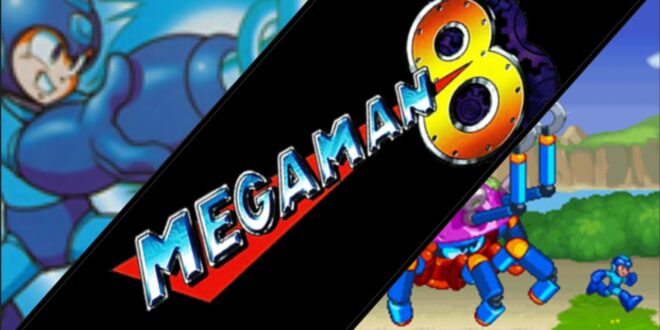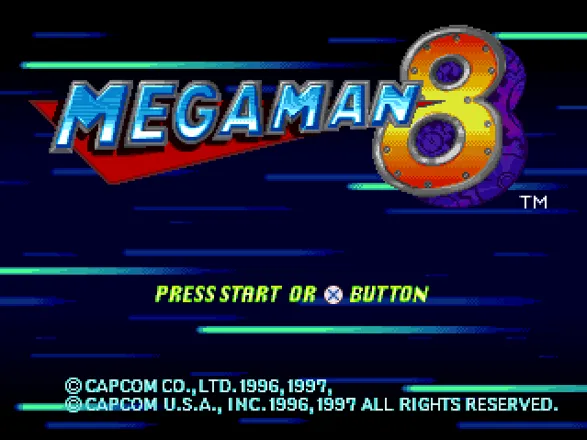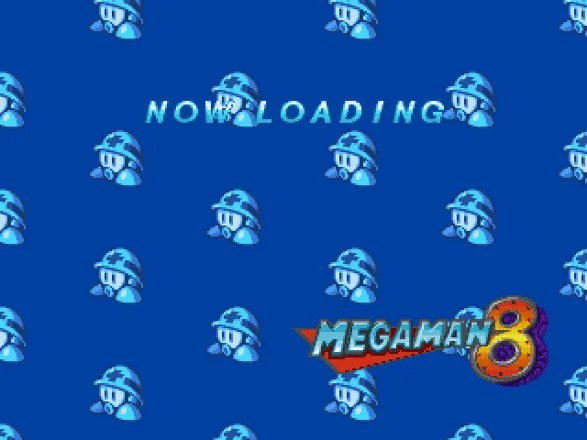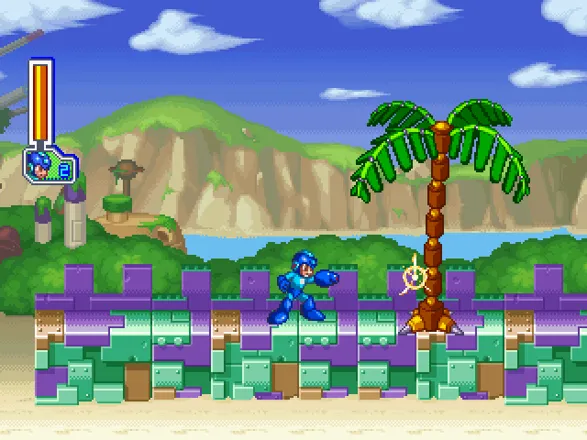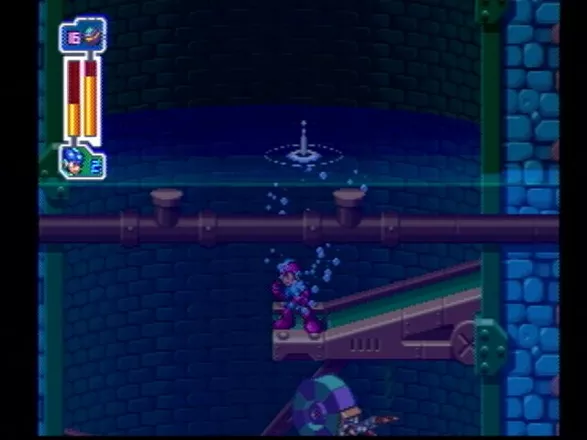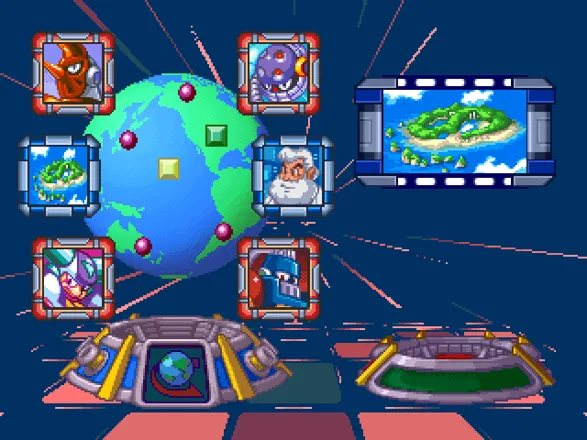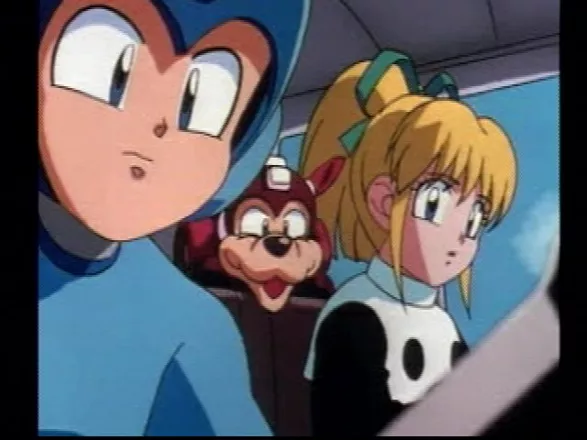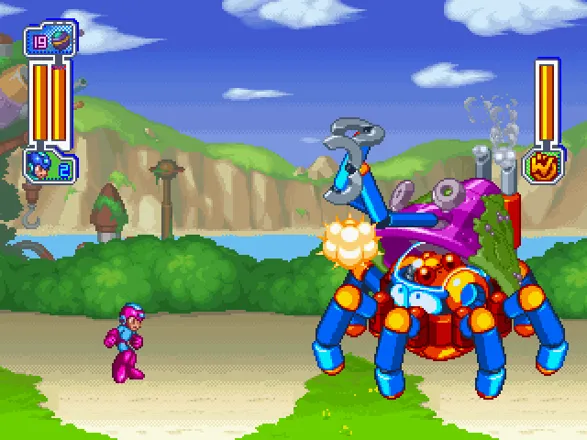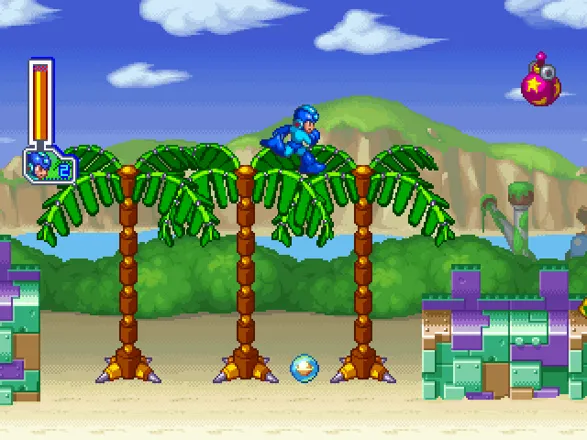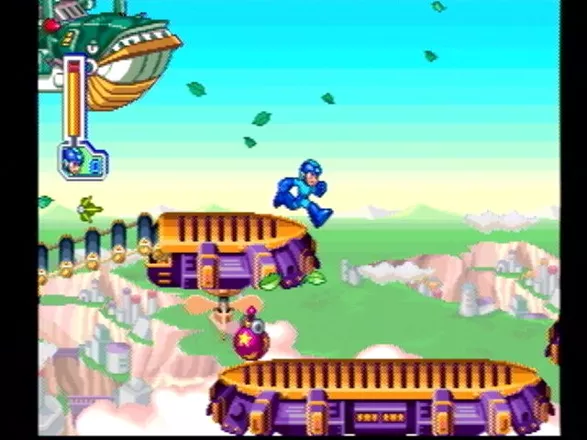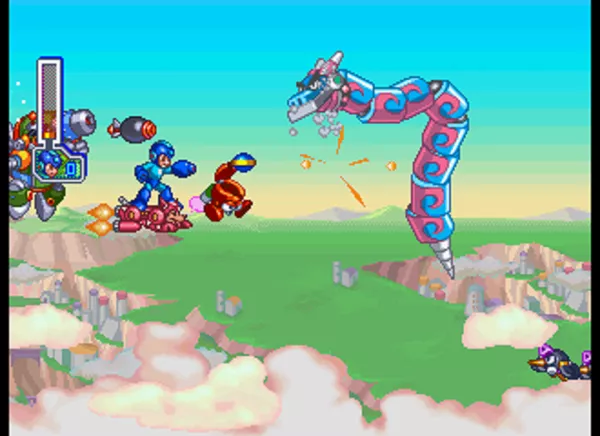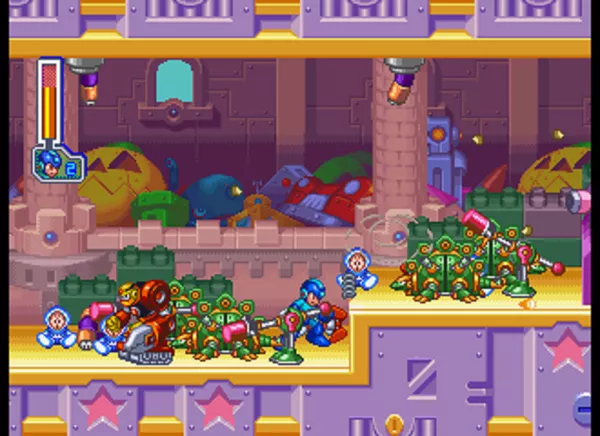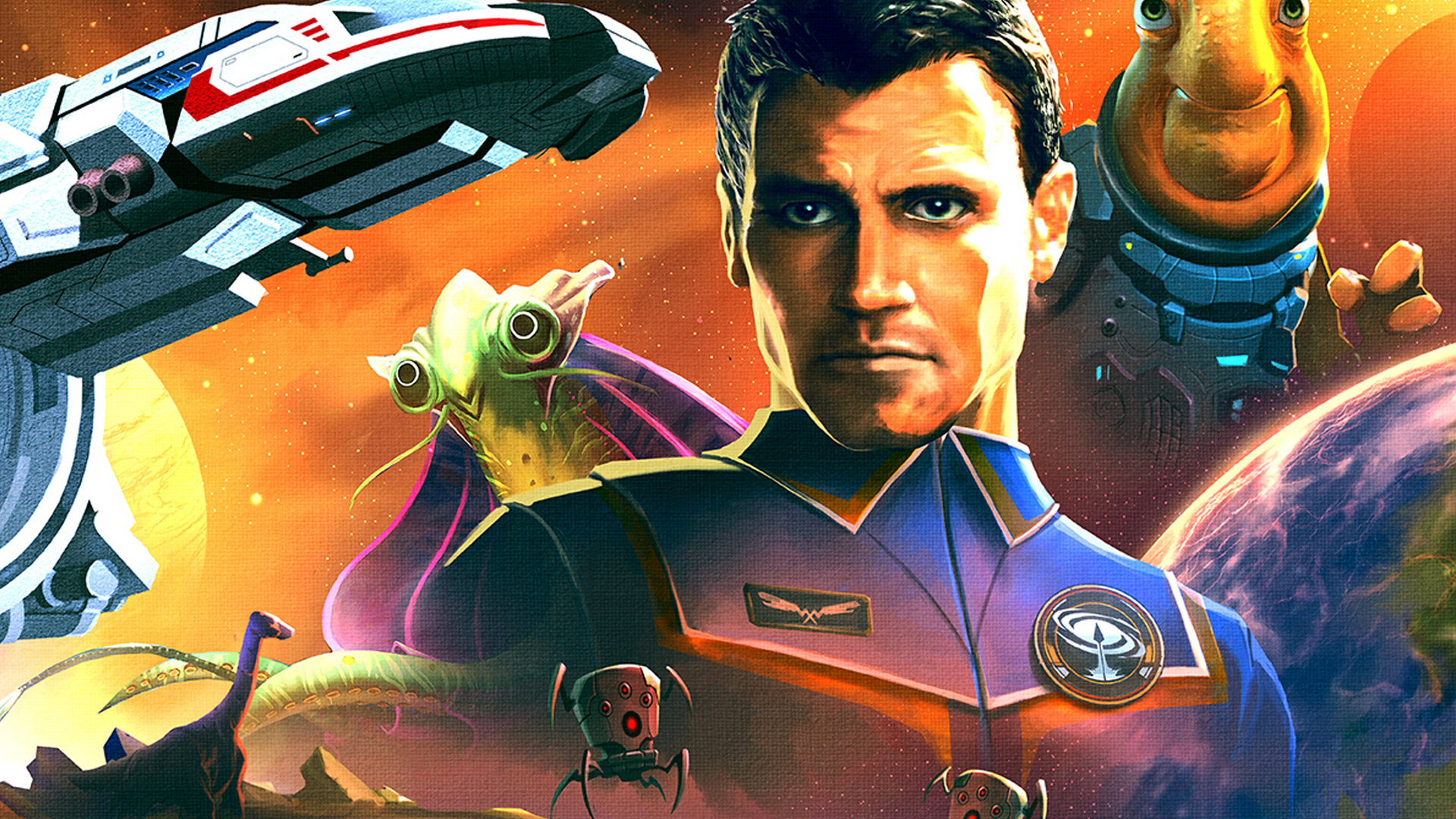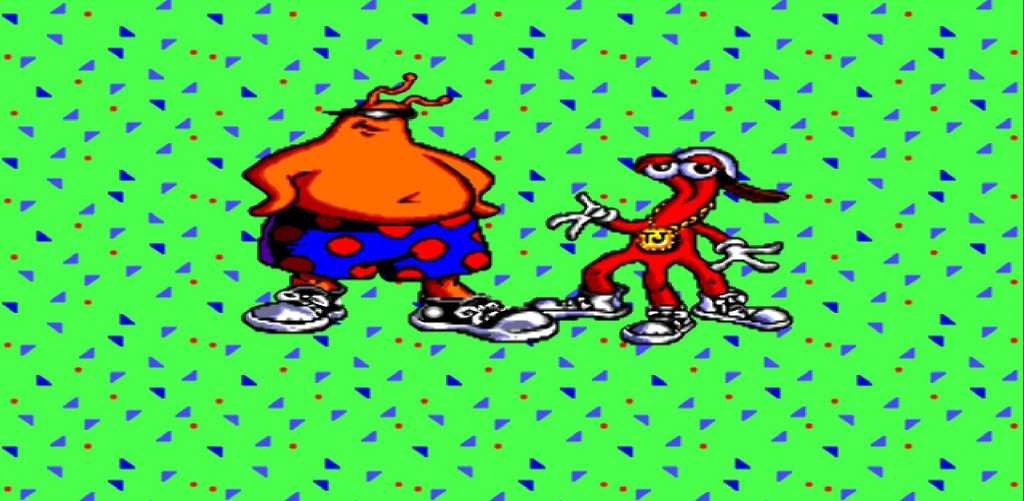(HEY YOU!! We hope you enjoy! We try not to run ads. So basically, this is a very expensive hobby running this site. Please consider joining us for updates, forums, and more. Network w/ us to make some cash or friends while retro gaming, and you can win some free retro games for posting. Okay, carry on 👍)
Retro Review: Mega Man 8 – A Polished Leap to 32-Bit
Mega Man 8, marking the Blue Bomber’s splash onto the PlayStation in 1997, represents a significant chapter in the franchise’s history. Developed by Capcom, the venerable studio behind the series, this installment was released to celebrate Mega Man’s 10th anniversary. As the first game in the main series to leap onto the 32-bit platform, Mega Man 8 expanded upon its predecessors with enhanced graphics, music, and gameplay.
Developer Pedigree
Capcom, having already established a strong reputation with the success of previous Mega Man titles and other franchises like Street Fighter and Resident Evil, brought their considerable expertise to bear on Mega Man 8. Under the guidance of series creator Keiji Inafune, the development team aimed to retain the core mechanics that fans loved while embracing the capabilities of the new hardware.
A Visual and Auditory Feast
The graphics in Mega Man 8 were a substantial step up from the 16-bit era. Bright, bold, and full of character, the game showcased beautifully animated sprites that brought Mega Man and his robotic adversaries to life with a fluidity that had never been seen before in the series. Backgrounds were detailed and varied, with each level boasting its own unique aesthetic and environmental challenges.
The leap to the PlayStation also allowed for stunning animated cutscenes, a novelty for the series that added depth to the story and charm to the characters, despite some infamously awkward voice acting.
When it came to music, Mega Man 8 continued the series’ tradition of memorable and energetic soundtracks. The compositions were a blend of catchy, upbeat tunes that fit the game’s futuristic theme perfectly. Each track captured the essence of the stages and bosses, enhancing the overall experience.
Listen to some of the tracks here:
Gameplay Evolution
The gameplay of Mega Man 8 remained true to the series’ roots while introducing new mechanics to freshen up the formula. Mega Man could now swim in certain levels, use the Mega Ball (a soccer ball-like weapon), and collect bolts to purchase items from Dr. Light’s Lab. The game also introduced two new robotic allies, Duo and Rush, who provided assistance during Mega Man’s journey.
Boss battles, a staple of the series, were as inventive as ever, with each Robot Master requiring a unique strategy to defeat. Defeating them allowed Mega Man to acquire their powers, which then needed to be used strategically to progress through other levels—an element that has always been central to the series’ gameplay.
Facts and Legacy
- Mega Man 8 was initially released on the Sony PlayStation, but it also found its way onto the Sega Saturn with some additional content, such as unique boss battles against Cut Man and Wood Man.
- The voice acting in the English-language version is often noted for its campy and sometimes awkward quality, which has become a humorous point of nostalgia for fans.
- It was the first main Mega Man game to be released on a CD-ROM format, allowing for higher-quality audio and those animated cutscenes that defined its presentation.
Conclusion
Mega Man 8 stood as a testament to the series’ ability to evolve without losing the core charm and challenge that defined its earlier entries. With its vibrant graphics, catchy soundtrack, and refined gameplay, it managed to capture the hearts of long-time fans and newcomers alike. While it may not have been the revolutionary title some hoped for, it polished the Mega Man formula to a bright shine and laid the groundwork for future titles in the series.
For those looking to revisit this classic, Mega Man 8 is available on various collections and digital platforms, ensuring that the Blue Bomber’s 32-bit adventure can continue to be enjoyed by generations of gamers.
The verdict
Graphics - 100%
Sound - 94%
Gameplay - 100%
Replay value - 93%
97%
Perhaps the best Mega Man in the entire series, and that is saying a lot.
 Retro Replay Retro Replay gaming reviews, news, emulation, geek stuff and more!
Retro Replay Retro Replay gaming reviews, news, emulation, geek stuff and more!
